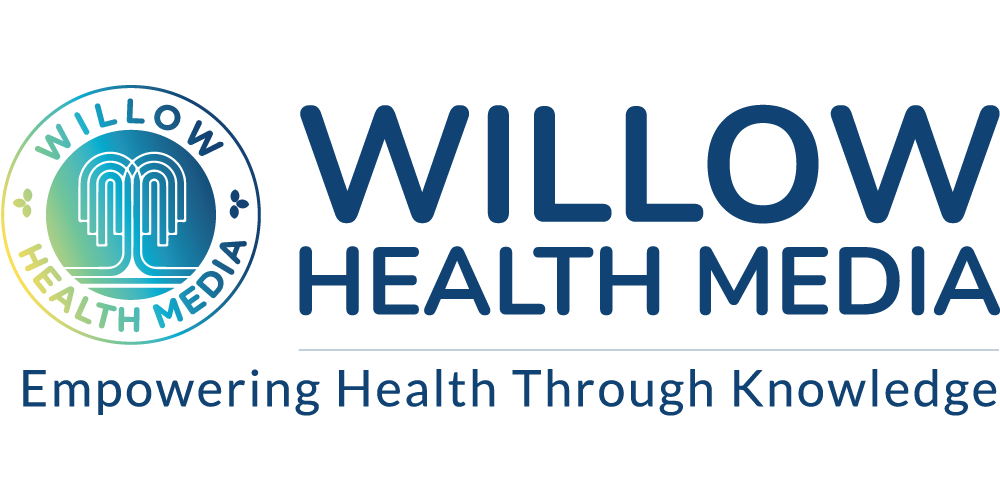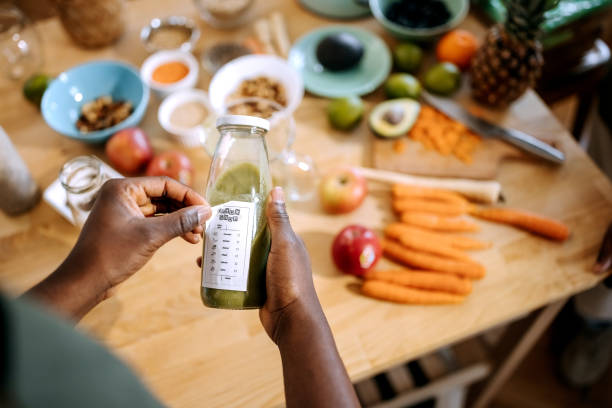My daughter loves yoghurt, but at three years she weighs 20 kilogrammes – Halima Ayub
Halima Ayub from Nairobi’s Buruburu Estate has accumulated empty yoghurt containers stored like revered historical relics in her kitchen cabinet.
They are reminders of how much yoghurt her children, especially the youngest, used to consume over 500ml of yoghurt daily. All that stopped last month.
“She loves yoghurt and was getting heavier to carry. At three years old, she weighs 20 kilogrammes. I think yoghurt is ‘good’, but I also know it has ‘heavy’ ingredients like fat and sugar.”
Her decision to withdraw certain foods, including sodas, is a cautionary measure stemming from her ongoing journey with diabetes – which she has been managing for ten years.
She is also fulfilling a standing medical recommendation to keep her three-year-old’s weight below 20kg for wellness.
There was a time when obesity and excess weight in children was not a concern. Not anymore.
The World Health Organization (WHO) notes that the number of overweight (including obese) children and adolescents has risen dramatically from 8% in 1990 to 20% in 2022, pointing to a concerning trend.
A diet heavy in ultra-processed foods, along with a lack of physical activity and sedentary behaviour, are the main culprits driving childhood obesity and overweight, according to the United Nations Children Fund (Unicef).
And just as in adults, obesity and overweight pose a real risk factor for non-communicable diseases including heart conditions, diabetes, and certain cancers.
Gideon Ogutu, a nutritional scientist, defines unhealthy diets as those lacking essential nutrients or in excess of them.
“Consuming certain nutrients in excess such as sugar, salt, saturated fats, and sweetened beverages can contribute to obesity and chronic conditions, ultimately increasing the risk of non-communicable disease,” he says, while pointing to the wide array of unhealthy foods overwhelmingly popular among young Kenyans.
Ogutu, however, clarifies that correct amounts of sugar, salt, and fats are beneficial to the optimal functioning of the body.
Experts including Ogutu are now pushing for mandatory implementation of a tool dubbed Front-of-the-Pack Nutrition Labeling (FOPNL) that has the potential to bring a decline in the grim statistics.
FOPNL is a simplified, supplementary nutrition symbol displayed on the front of pre-packaged food products. Its purpose is to help consumers quickly judge the nutritional value of a product at a glance.
It is different from a nutritional label that is typically at the back or side of a product that summarizes the quantity of the different food groups. FOPNL has the backing of WHO as a recommended policy to promote healthy diets.
A groundbreaking study done by Africa Population and Health Research Center (APHRC) between October and December 2023 in four counties showed that consumers had knowledge of nutrition labels and preferred an octagon warning label (WL) for being easily noticeable, memorable, and effective in informing their purchasing choices.
“The study was testing the effectiveness of three different types of FOPNL,” says Caliph Kirui, a research officer at APHRC who was involved in the study.
One of the symbols being tested was the Red and Green (RG) symbol. In this instance, food products will either have red or green symbols based on compliance with thresholds. “If a nutrient exceeds the established threshold, the product receives a red label, while lower levels earn a green label,” he says.
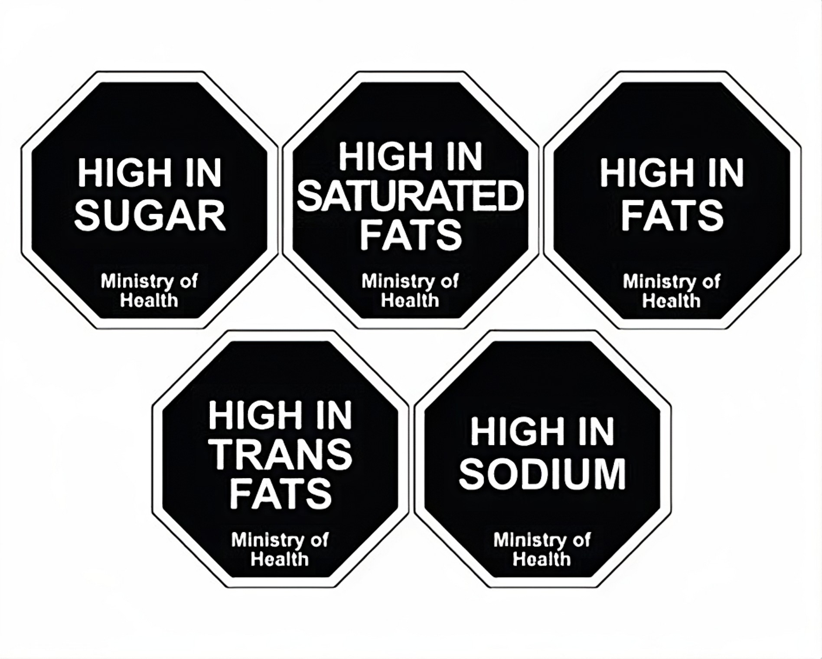
Slightly different from the RG symbol, Red and Green with Icons (RGI), includes pictorials such as those of sugar and salt, it also abbreviates nutrients of concern, such as fat (F).
Lastly, the warning label (WL) features a black background with white text and images, designed “only for food products containing nutrients of concern that include high levels of salt, sugar, total fats, or saturated fats an approach that will be easier for consumers to notice,” says Kirui.
The Kenya Nutrient Profile Model (KNPM), which is still in the draft phase, will determine the thresholds for nutrients of concern.
The result showed overwhelming support for warning labels. “It was the most visible and easily comprehensible of the three FOPNLs that were tested.”
Kirui added that mothers involved in the study believed the warning labels would play a crucial role in guiding their decisions about what to feed their children.
The adoption and use of a warning label have proved successful in improving nutrition knowledge for pre-school children in Chile, data has shown. Interestingly, South Africa is the only country in Africa that has passed a bill that will pave the way for warning labels.
Halima’s children, Asha Zuweina and Roseline Jazmine, love corn snacks stuffed with gift toys.
When buying snacks, Halima confesses she’s rarely guided by nutritional information but sometimes buys products that claim to be rich in a certain vitamin or shout, ‘good for children’.
“Most products are not clear about ingredients, if I feel it is not good for me then it is not good for the children either,” offers Halima.
There is consensus among food environment experts that marketing children’s food and beverages is a risk factor for exposure to diet-related diseases.
Ogutu explains marketing takes many forms: a child in an advertisement to inspire desire in others or using cartoons and animations to grab attention. Even the placement of products within a child’s reach in a supermarket is a deliberate tactic.
A research paper titled Advertising Ultra-processed Foods around urban and rural schools in Kenya published on the scientific platform Research Gate in 2021 had startling findings.
The study on unhealthy food marketing in Kenyan schools revealed extensive promotion of ultra-processed foods and sugary drinks near 278 schools, with nearly half of all the advertisements rated as unhealthy.
The advertisements were strategically placed within 250 metres of primary schools in urban areas like Nairobi and Mombasa.
The well-being of children is protected by Article 53 of the Constitution which states that every child has the right to basic nutrition, shelter, and health care.
The Convention on the Rights of the Child Article 24, on the other hand, states that children have the right to the best health care possible, clean water to drink, healthy food, and a clean and safe environment to live in.
Ogutu adds that the Kenya Nutrient Profile Model, which forms the basis for the development of an FOPNL- will have the mandate to determine whether a product qualifies to receive market restriction thus protecting children from marketing unhealthy foods.
The technical front of the pack committee is in the final stages of refining the Kenya nutrient profile model (KNPM) where the warning label will be Kenya’s preferred symbol. However, as to when consumers will finally see a warning label is not certain.
Kirui acknowledges that the process of developing this important policy has been lengthy due to a lack of consensus among the various stakeholders on issues such as determining appropriate threshold levels, deciding whether to make the policy mandatory, and selecting symbols.
Kenya National Bureau of Standards (KNBS) and the Ministry of Health will be the likely enforcers of the regulations, which will dictate that any food coming to the market complies, allowing Kenya to finally address the entry of substandard foods.
Earlier this year, an explosive investigation found food giant Nestlé was adding sugar and honey to baby formula and cereal sold in developing countries, but not in its European market.
As night settles in, Halima shuffles in the kitchen preparing noodles for her children, a prelude to the main meal. On this night the children will enjoy a plate of fish, and ugali accompanied by vegetables.
“Every mother wants to give her children the best,” she says smiling. “No mother would want to harm her child intentionally.”
